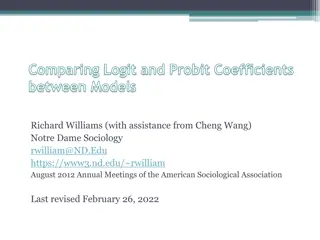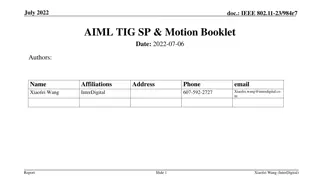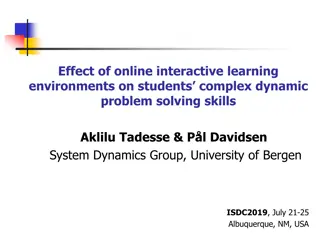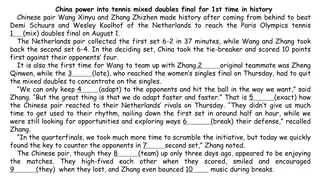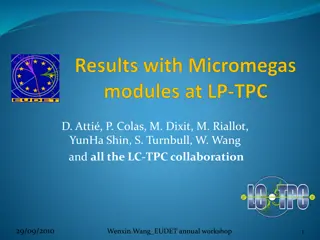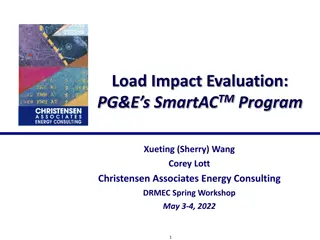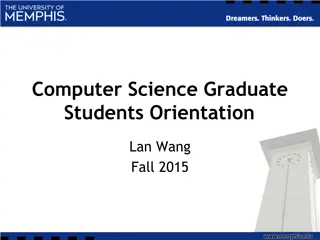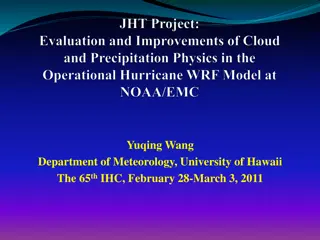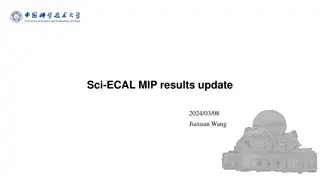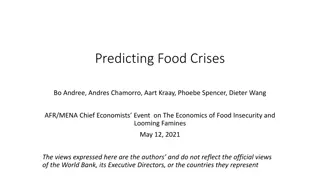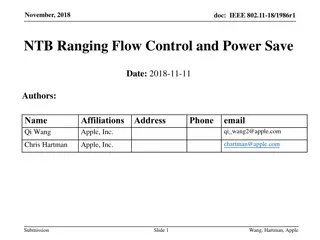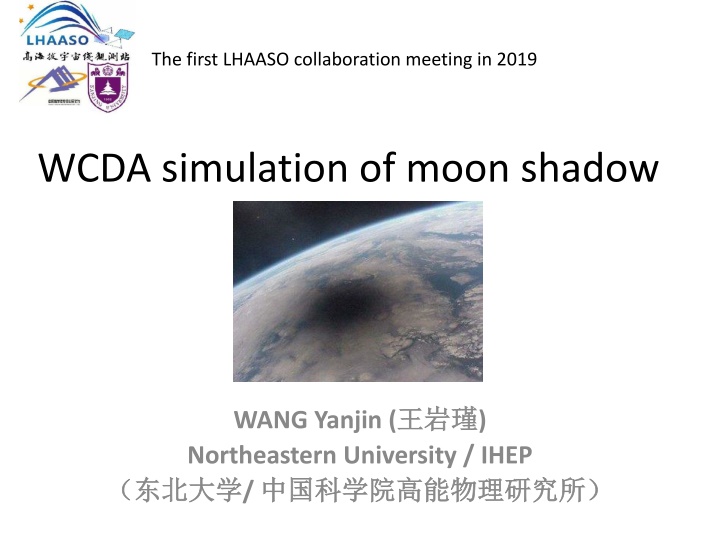
Innovative Moon Shadow Research at LHAASO Collaboration Meeting
The LHAASO collaboration meeting in 2019 focused on simulating the moon shadow phenomenon to study cosmic ray distribution. By utilizing the geomagnetic field and LHAASO-WCDA features, researchers analyzed moon shadow data to calibrate energy levels. The research method involved moon shadow simulation based on existing data, particle backtracking to the moon, and detailed shower production and detector simulations. The significance of this research lies in constructing an energy anchor for accurate cosmic ray energy spectrum measurement.
Download Presentation

Please find below an Image/Link to download the presentation.
The content on the website is provided AS IS for your information and personal use only. It may not be sold, licensed, or shared on other websites without obtaining consent from the author. If you encounter any issues during the download, it is possible that the publisher has removed the file from their server.
You are allowed to download the files provided on this website for personal or commercial use, subject to the condition that they are used lawfully. All files are the property of their respective owners.
The content on the website is provided AS IS for your information and personal use only. It may not be sold, licensed, or shared on other websites without obtaining consent from the author.
E N D
Presentation Transcript
The first LHAASO collaboration meeting in 2019 WCDA simulation of moon shadow WANG Yanjin ( Northeastern University / IHEP / )
Research background Research methods Results The next work
Research background The definition of moon shadow: The distribution of cosmic ray is isotropic, and cosmic ray will be hampered by moon when it come to the earth, as a result of the deficition of the cosmic ray, it becomes moon shadow.
The significance of the moon shadow researching Using the geomagnetic field, high altitude and low threshold energy features of LHAASO-WCDA,we selected the moon shadow data by using light component during the low energy and establishing the energy calibration. Using moon shadow East-West displacement to calibration energy.
Motivation: constructing an energy anchor Important progress on elemental CR energy spectrum from satellite/balloon-born experiments Normalization and absolute energy calibration and reference for indirect measurements
Rearch method Moon shadow simulation: Based on existed simulation data to get input energy spectrum; Geomagnetic field IGRF Backtracking the particles to the Moon; Add PFS to produce experimental angular resolution
Detailed simulation: Using above code to generate moon data Shower production CORSIKA package Hadronic models: EPOS-LHC + Fluka (now) Moon orbit : 20181001-20181031 CR primary composition from CREAM result P /He /CNO/MgAlSi/Iron P + 100GeV-100TeV: (105events) Detector simulation:G4WCDA5.1+5.2 Core in 400m 400m around pool #1 center
Direction extraction The direction of moon changes along an orbit. In order to hit moon more efficiently, we extract primary direction of cosmic ray near to the moon . angle range : extracting events within solid angle of moon center depend on energy.
Mass production data: moon shadow events (GMF) 1.9 104 moon shadow events (corsika) moon shadow (Geant4) primary energy omega all events (GMF) 100GeV- 700GeV 700GeV- 1TeV 1TeV- 10TeV 10TeV- 100TeV 20 1.3 108 1.0 104 8.0 103 5 1.5 107 4.2 105 4.2 105 3.0 104 P 3 5.5 106 5.0 104 5.0 104 5.0 104 1 1.6 106 1.0 104 1.0 104 8.5 103 1TeV- 10TeV 1TeV- 10TeV 5 2.5 106 7 103 7 103 7 103 He 10 1.0 107 5 103 4.4 103 4.4 103 CNO
Results: Extracted cosmic ray time dirstribution 2018.10.1-2018.10.31 Observing time of moon
NPMT distribution NPMT 5-20 20-50 50-100 100-200 200-300 300-900 6.26505 2.27175 1.30505 0.89045 0.63925 0.49105 angular Resolution
Simulation result NPMT:20-50 Casting shadow on the ra direction no smooth smooth The ideal detector Casting shadow on the dec direction The detector with angle resolution
The relationship between NPMT and direction of deflection.
The relationship between NPMT and energy The relationship between NPE and energy E(GeV) log10(E/GeV) log10(NPE) NPMT
The relationship between energy and direction of deflection.
Significance of moon shadow using the AS data (207 days)
Significance of moon shadow using the ARGO data (30 days) 2008.01.01-2008.02.01
Significance of naked moon shadow using the WCDA data (24 days) nfit>20 nfit>50 nfit>100 nfit>200 Primary reconstruction (nhit>100) with out time calibration.
The next work: The light/proton moon data selection; Reconstruction resolution update; Reconstruction energy. 22

